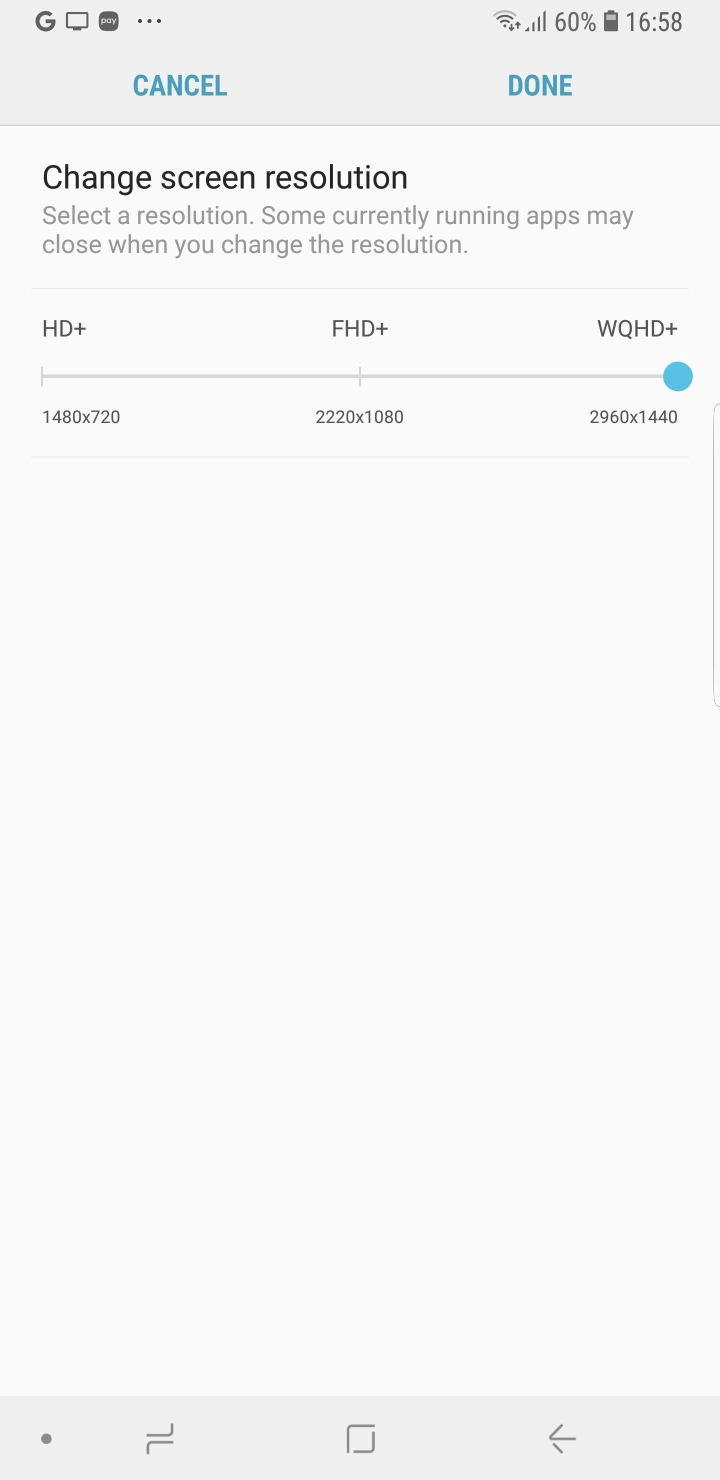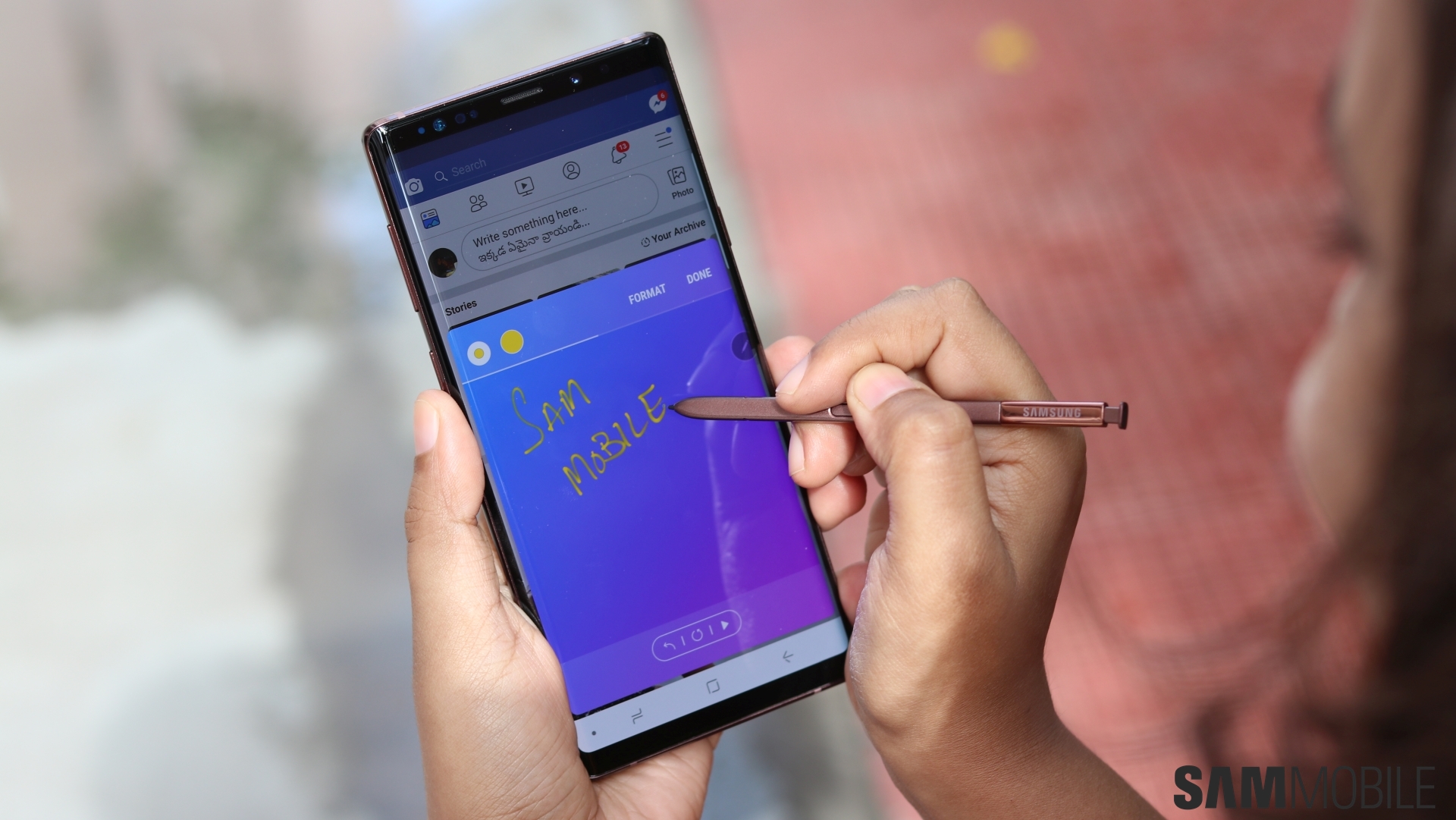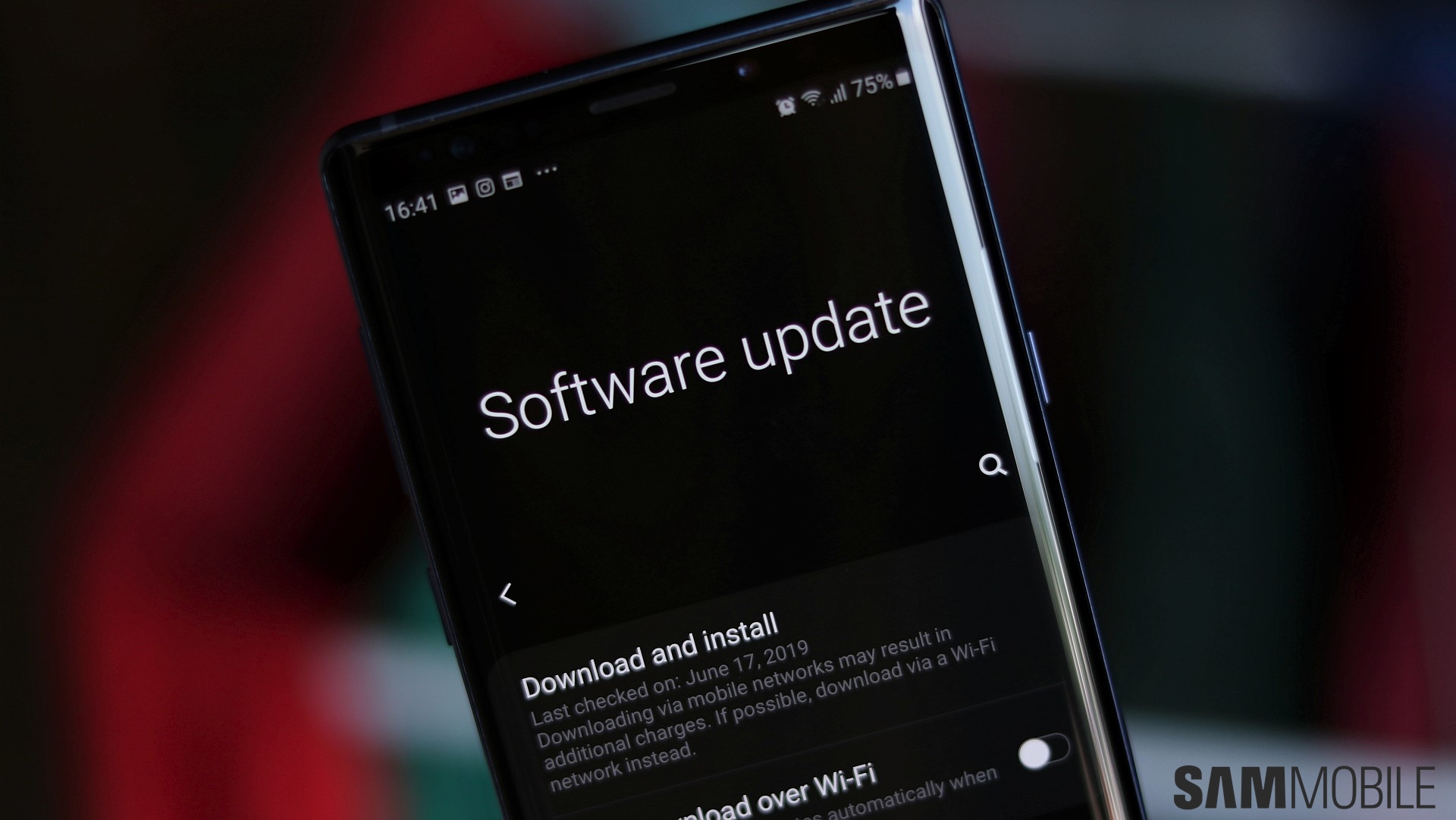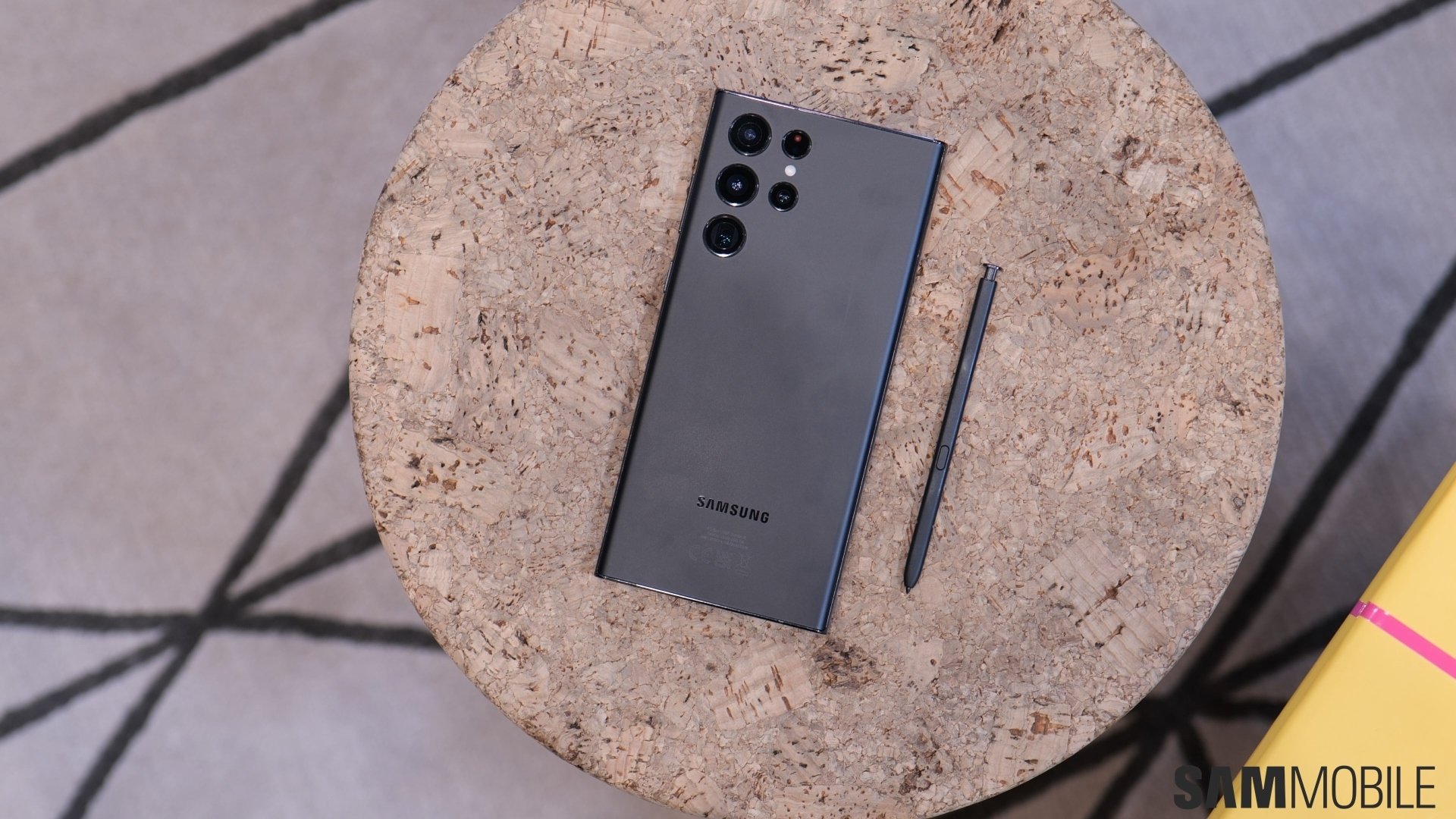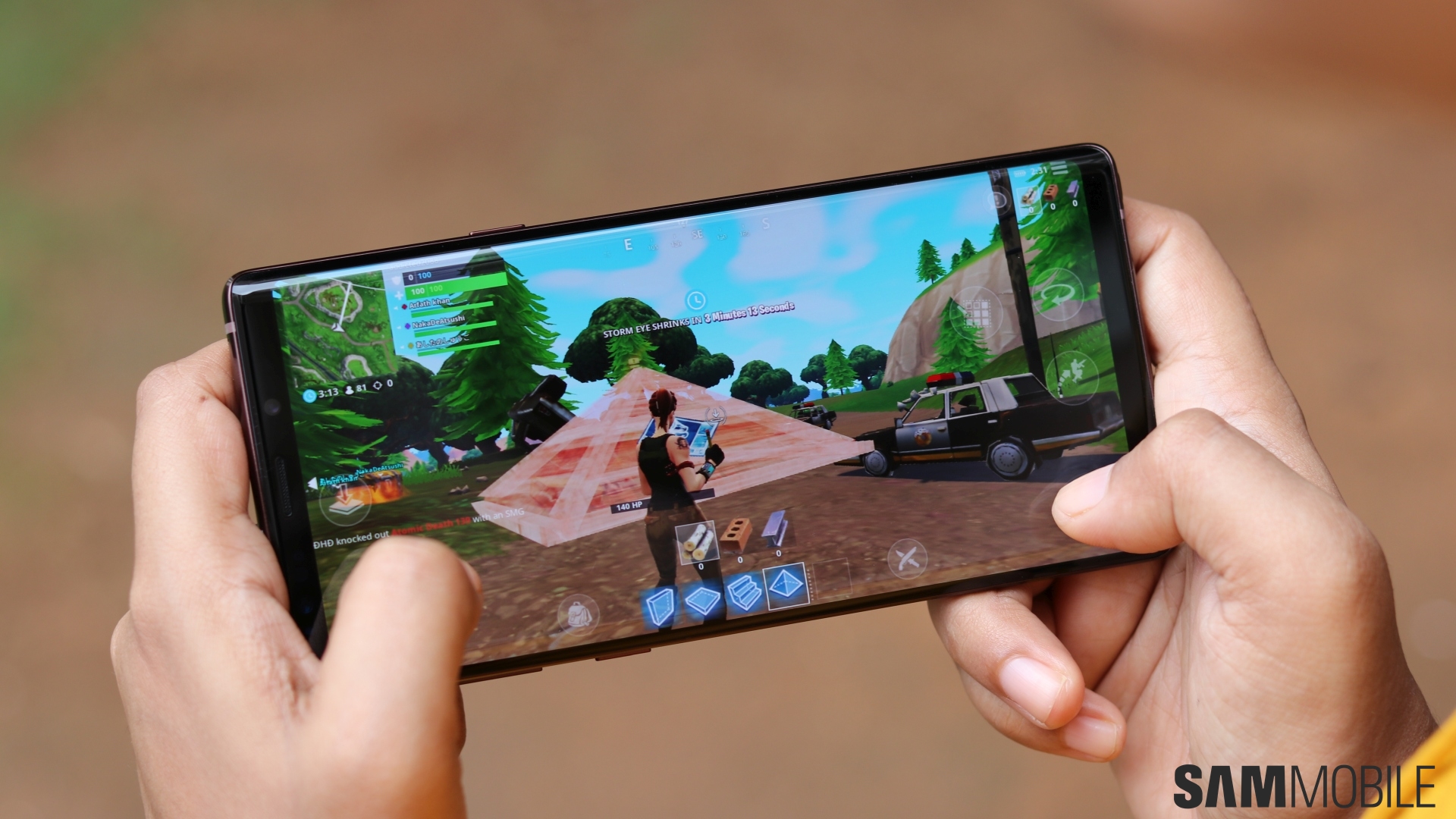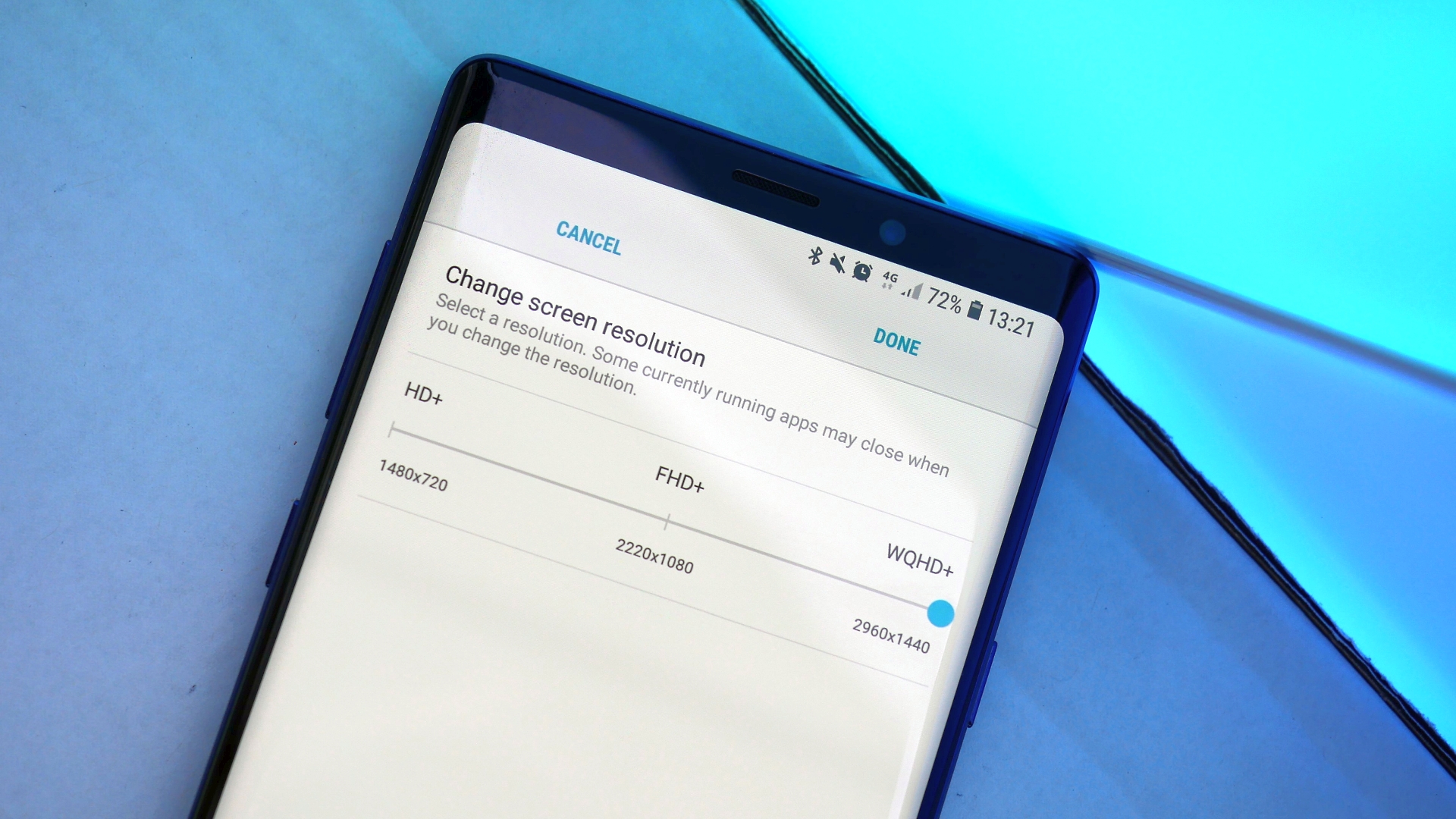
Don't settle for anything but the best
Most of you probably know that the lower screen resolution doesn't really result in any noticeable improvement in battery life. And, well, most folks are unlikely to be able to tell the difference between FHD+ and WQHD+. There is a difference if you look hard enough, but even it if wasn't, we see no reason why the Galaxy Note 9's 6.4-inch AMOLED screen shouldn't be enjoyed at its maximum resolution. Again, the Note 9's battery has the grunt to keep up, so if you are one of those who want the best experience from their phone, switching the display resolution to WQHD+ is one of the first things you should do once you fire up your Galaxy Note 9.
The screen resolution can be adjusted in the Display section of the phone's settings.
